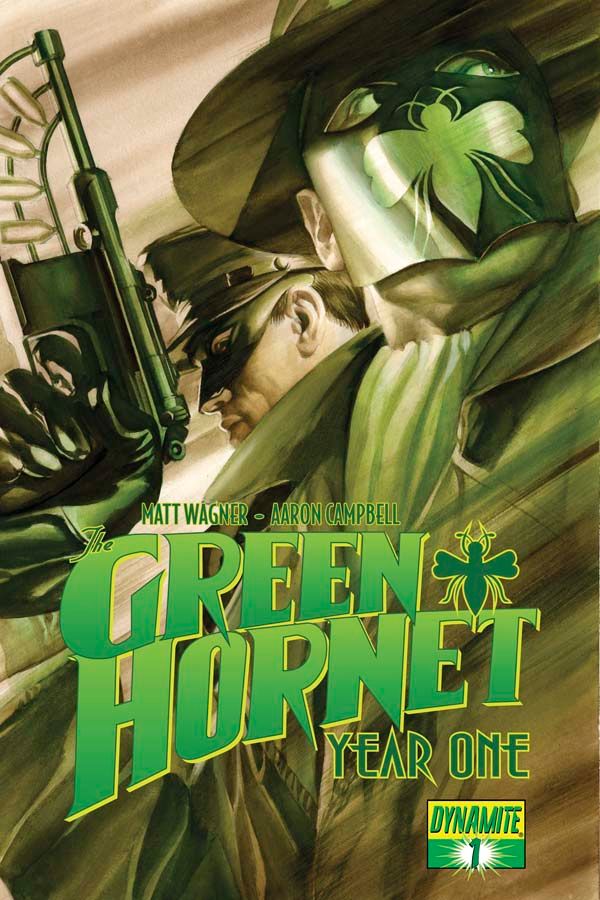The "Year One" label doesn't even really mean anything anymore does it? It's just a shorthand for "early life and times of..." right? Because "Green Hornet: Year One" certainly doesn't explore the first year in Green Hornet and Kato's career, and it doesn't even attempt to.
Instead, this opening first issue jumps back and forth between 1934, 1938, 1931, 1921, and 1926. That's a whole lot of years. But I suppose "Green Hornet: Year One, Plus Plenty of Other Years in the Past" would spawn a less compelling logo for the series.
Just know that this isn't "year one." Not at all.
What it is, though, is a pretty good series of vignettes about young Britt Reid and young Kato, and an even better introduction to the two of them as crimefighters in 1938. They make a striking team, and their strange appearance and karate skills strike fear not just into the hearts of criminals, but also the victims as well. Matt Wagner wisely articulates the heroes reaction to the unexpected terror of the people they've shown up to save: "Huh -- Sure wasn't expecting that!" says the Green Hornet, but then he goes on to explain how they can use it to their advantage.
This issue only shows one scene of the duo in action, but it's an important scene because it shows us the heroes these two young men will become. Had Wagner structured the series in a more linear fashion, and we jumped through the years, watching young Britt and young Kato grow into costumed crimefighters eventually, this first issue would not have been as compelling as it is. Yet by contrasting the superhero violence with the world of the Reid family newspaper business and the late-era samurai austerity of Osaka, the series gets to have some depth of characterization and some action. A strong start for what could have been another tepid superhero origin story.
This issue also benefits from the Francesco Francavilla colors over the Aaron Campbell pencils and inks. Campbell brings an illustrative reality to the comic (and he's particularly good at making clothes look like clothes, which is essential for a series about the pre-war Chicago crimefighters), but its really Francavilla's colors that provide the visual punch. On first glance, it may look like the kind of coloring you'd see in a 1990s Vertigo comic -- lots of purples and greens and browns -- but Francavilla's palette is more vibrant than that, and he uses colors for their emotional impact more than for a sense of realism. Let Campbell handle the reality, this comic seems to say, and Francavilla will come in and jazz it up with a fistful of primary colors when needed.
This is a good start, and though we know where it's headed -- Green Hornet and Kato, zooming down the Chicago back alleys in the Black Beauty -- the journey is as important as the destination. And it's worth watching what happens to young Brit and young Kato next.

